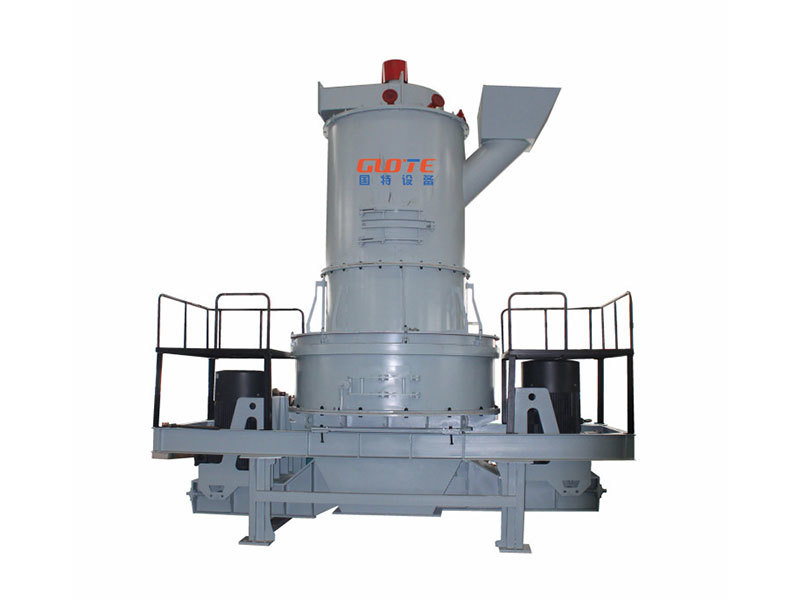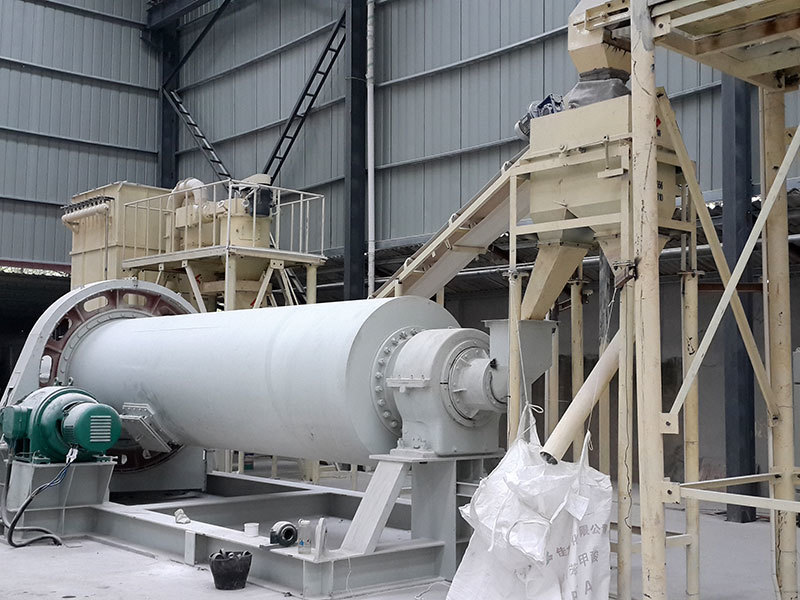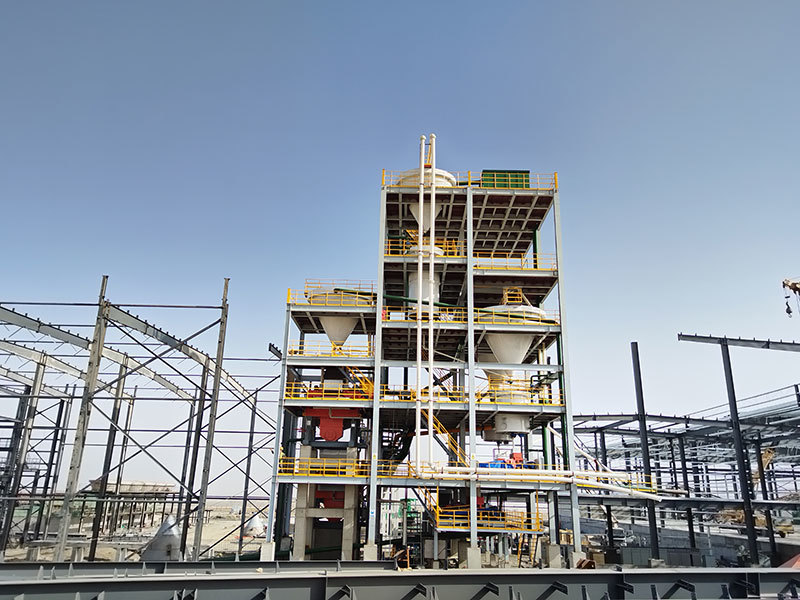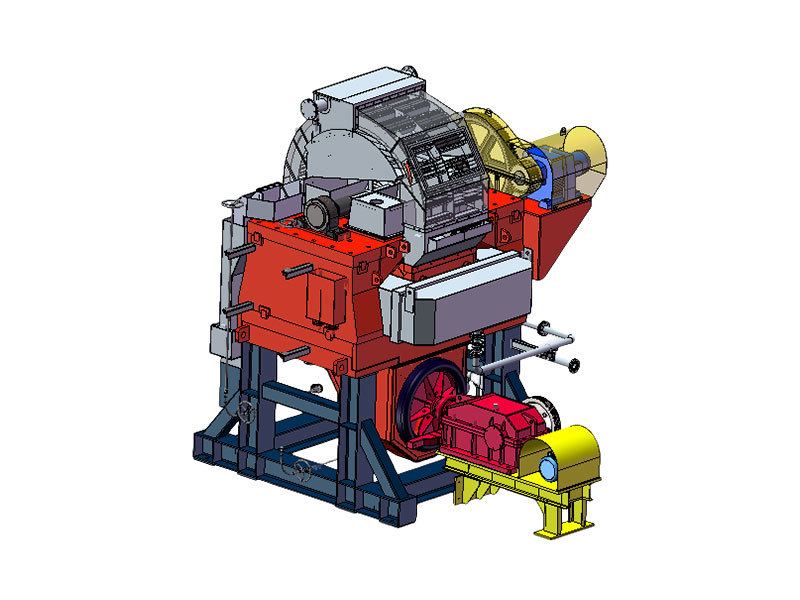Understanding the Iron Ore Processing Line: A Comprehensive Overview
Iron ore processing lines play a crucial role in the metallurgical industry, serving as the backbone for the production of iron and steel. The transformation of iron ore, a naturally occurring mineral, involves several stages that ensure the extraction of iron in its purest form. Understanding this process is essential for anyone involved in the manufacturing and processing machinery sector.
The first stage in the iron ore processing line is mining. Iron ore is extracted through open-pit mining or underground mining. The choice of mining method depends on the depth and location of the ore body. Once the ore is mined, it is crushed and screened to separate fine particles from larger rocks. This initial processing step is vital as it prepares the ore for subsequent stages.
After crushing and screening, the next phase involves concentrating the iron ore. This is typically achieved through methods such as magnetic separation or flotation. Magnetic separation utilizes magnets to pull iron-rich particles away from the waste rock, while flotation involves the use of chemicals to separate valuable minerals from unwanted materials. The goal is to increase the iron content, which is essential for efficient smelting.
Once the iron ore has been concentrated, it is subjected to pelletizing or sintering. In the pelletizing process, fine iron ore particles are agglomerated into pellets, which are then hardened through heating. This creates a product that is easier to handle and transport. Sintering, on the other hand, involves heating the ore mixture without melting it, allowing the particles to fuse together into larger pieces. Both methods enhance the efficiency of the smelting process.
The final stage in the iron ore processing line is smelting, where concentrated iron ore is converted into molten iron. This is typically done in a blast furnace, where the iron ore is combined with coke and limestone. The intense heat generated in the blast furnace facilitates the reduction of iron oxides in the ore, resulting in liquid iron, often referred to as pig iron. This intermediate product can then be further refined to produce steel.
In conclusion, the iron ore processing line is a complex, multi-stage process that transforms raw iron ore into a valuable resource for various industries. Understanding each stage, from mining through to smelting, is essential for anyone involved in manufacturing and processing machinery. The advancements in technology and methodologies in this sector continue to enhance the efficiency and sustainability of the iron ore processing line, making it a vital area of study and development. By gaining insight into these processes, industry professionals can contribute to the evolution of iron and steel production.
The first stage in the iron ore processing line is mining. Iron ore is extracted through open-pit mining or underground mining. The choice of mining method depends on the depth and location of the ore body. Once the ore is mined, it is crushed and screened to separate fine particles from larger rocks. This initial processing step is vital as it prepares the ore for subsequent stages.
After crushing and screening, the next phase involves concentrating the iron ore. This is typically achieved through methods such as magnetic separation or flotation. Magnetic separation utilizes magnets to pull iron-rich particles away from the waste rock, while flotation involves the use of chemicals to separate valuable minerals from unwanted materials. The goal is to increase the iron content, which is essential for efficient smelting.
Once the iron ore has been concentrated, it is subjected to pelletizing or sintering. In the pelletizing process, fine iron ore particles are agglomerated into pellets, which are then hardened through heating. This creates a product that is easier to handle and transport. Sintering, on the other hand, involves heating the ore mixture without melting it, allowing the particles to fuse together into larger pieces. Both methods enhance the efficiency of the smelting process.
The final stage in the iron ore processing line is smelting, where concentrated iron ore is converted into molten iron. This is typically done in a blast furnace, where the iron ore is combined with coke and limestone. The intense heat generated in the blast furnace facilitates the reduction of iron oxides in the ore, resulting in liquid iron, often referred to as pig iron. This intermediate product can then be further refined to produce steel.
In conclusion, the iron ore processing line is a complex, multi-stage process that transforms raw iron ore into a valuable resource for various industries. Understanding each stage, from mining through to smelting, is essential for anyone involved in manufacturing and processing machinery. The advancements in technology and methodologies in this sector continue to enhance the efficiency and sustainability of the iron ore processing line, making it a vital area of study and development. By gaining insight into these processes, industry professionals can contribute to the evolution of iron and steel production.
Iron ore processing line
Previous Page
Previous Page
Related Products
Related News






